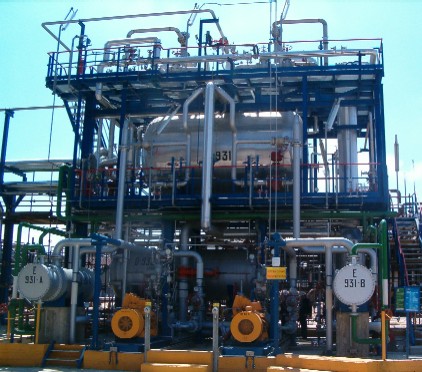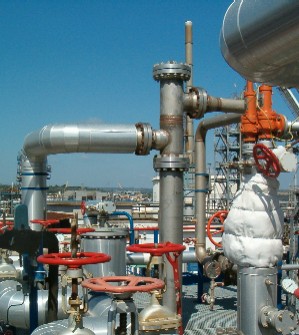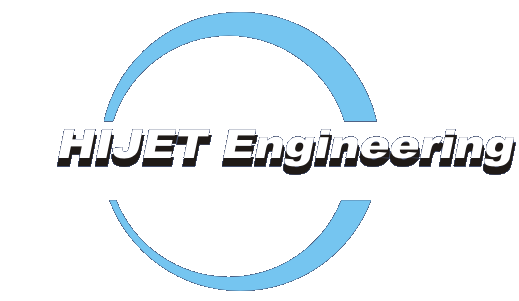

Applications :: Vacuum Applications
Case study 4:Tail Gas Compressor for vacuum unit at Augusta, Italy
|

|
Application: Off Gas Recovery
System: Tail Gas Compressor for vacuum unit
Location: Esso - Augusta refinery, Italy
INTRODUCTION
Strict environmental legislation prevents refineries from venting, flaring, incineration or burning of untreated corrosive or toxic gases to the atmosphere. Several solutions are available for H2S removal but all require that the gas pressure is boosted in order to send it to a sour gas treatment unit. The solution requires the installation of a vent gas (or flare gas) compressors downstream of the vacuum distillation column overhead receiver drum.
Two Hijet Compression Systems based on the Liquid Jet Technology have been installed at the Esso Augusta refinery in Sicily to boost the off-gas pressure to acceptable levels to be able to send them to an amine treatment unit.
|
THE CHALLENGE
The selection of reliable equipment is critical for the off-gas compression system, so as to avoid unwanted maintenance costs and to obtain a low level of environmental emissions.
|
HIJET SOLUTION
Two tail gas compression systems have been installed downstream of two vacuum towers to boost tail gases up to 5 barg. Each system utilizes two Hijectors™ - liquid jet ejectors of proprietary design.
The motive liquid - is saturated sour water thus eliminating the need for make up pumping equipment and related piping. Water is the most common compressant for vent gas services simply because it usually represents the heaviest compound (highest specific gravity) in the stream making it easy to decant in the separator. The hydrocarbon vapour condenses during the compression and is discharged into the separator together with the compressing liquid. Condensate and compressing liquid are separated in the separator, and then routed to further processing. The compressed off-gas is sent to a dedicated new unit for sour gas scrubbing located downstream of the Hijet compressor.
|
CONCLUSIONS |
 |
CONCLUSIONS
Gas compressors are used to boost the tail gas pressure to acceptable levels to be able to send them to an amine treatment system. When using a liquid jet ejector, compressors have a number of advantages over traditional rotating equipment, including high reliability, low maintenance, and flexibility of operation.
The main advantage of Hijet Compression Systems is their excellent reliability. With no moving parts, they require very little maintenance, few spare parts, and have an unsurpassed long term value of ownership compared with alternative pumping devices. Other solutions for off-gas recovery require much more maintenance and hard to live with over the expected machine lifetime.
The environmental benefits of these innovative systems are becoming increasingly important. Hijet compressors allow for a choice of motive liquid, and it is often possible to select a one that absorbs or neutralises sour gases. This can reduce the costs of subsequent recycling and processing, or treatment and disposal.
The latest liquid jet technology provide the ideal solution to the new challenges facing the refining industry.
|
© 1995-2025 Hijet Engineering Ltd |||||


